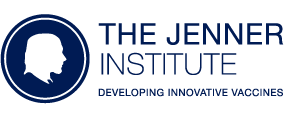The Choice of HLA-Associated Peptide Enrichment and Purification Strategy Affects Peptide Yields and Creates a Bias in Detected Sequence Repertoire.
Nicastri A., Liao H., Muller J., Purcell AW., Ternette N.
Understanding the most appropriate workflow for biochemical human leukocyte antigen (HLA)-associated peptide enrichment prior to ligand sequencing is essential to achieve optimal sensitivity in immunopeptidomics experiments. The use of different detergents for HLA solubilization as well as complementary workflows to separate HLA-bound peptides from HLA protein complex components after their immunoprecipitation including HPLC, C18 cartridge, and 5 kDa filter are described. It is observed that all solubilization approaches tested led to similar peptide ligand identification rates; however, a higher number of peptides are identified in samples lysed with CHAPS compared with other methods. The HPLC method is superior in terms of HLA-I peptide recovery compared with 5 kDa filter and C18 cartridge peptide purification methods. Most importantly, it is observed that both the choice of detergent and peptide purification strategy creates a significant bias for the identified peptide sequences, and that allele-specific peptide repertoires are affected depending on the workflow of choice. The results highlight the importance of employing a suitable strategy for HLA peptide enrichment and that the obtained peptide repertoires do not necessarily reflect the true distributions of peptide sequences in the sample.

